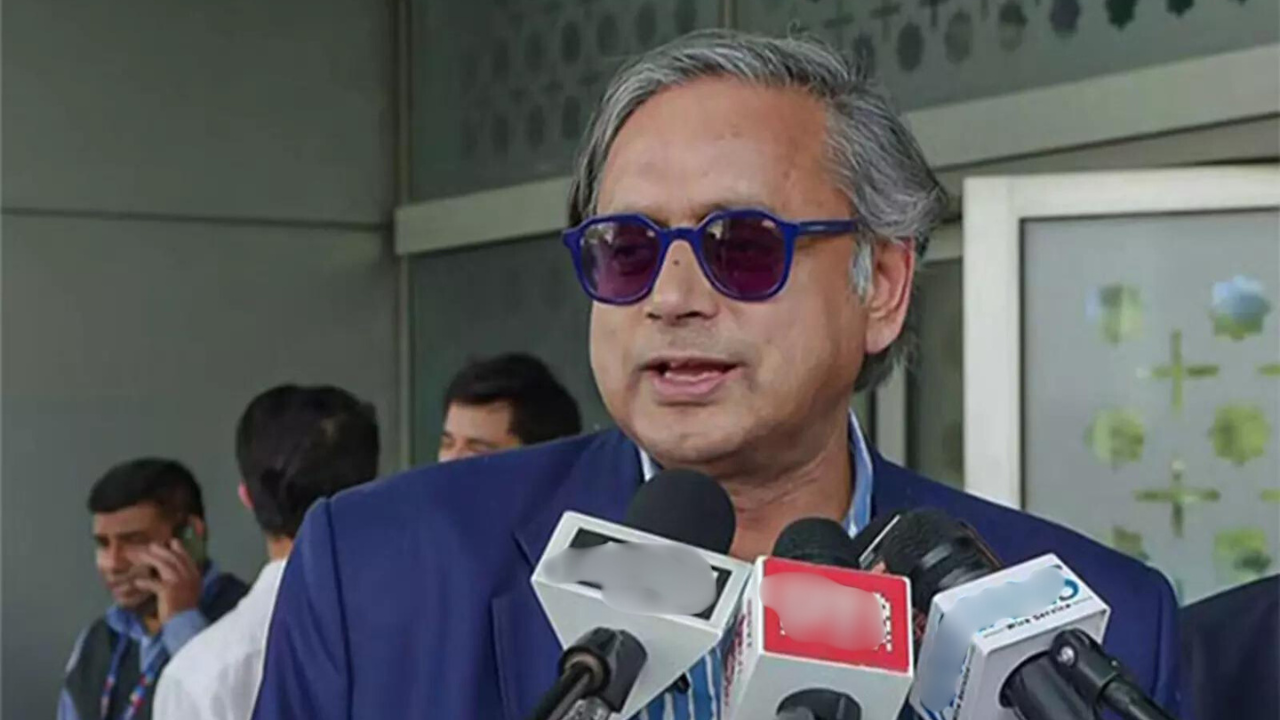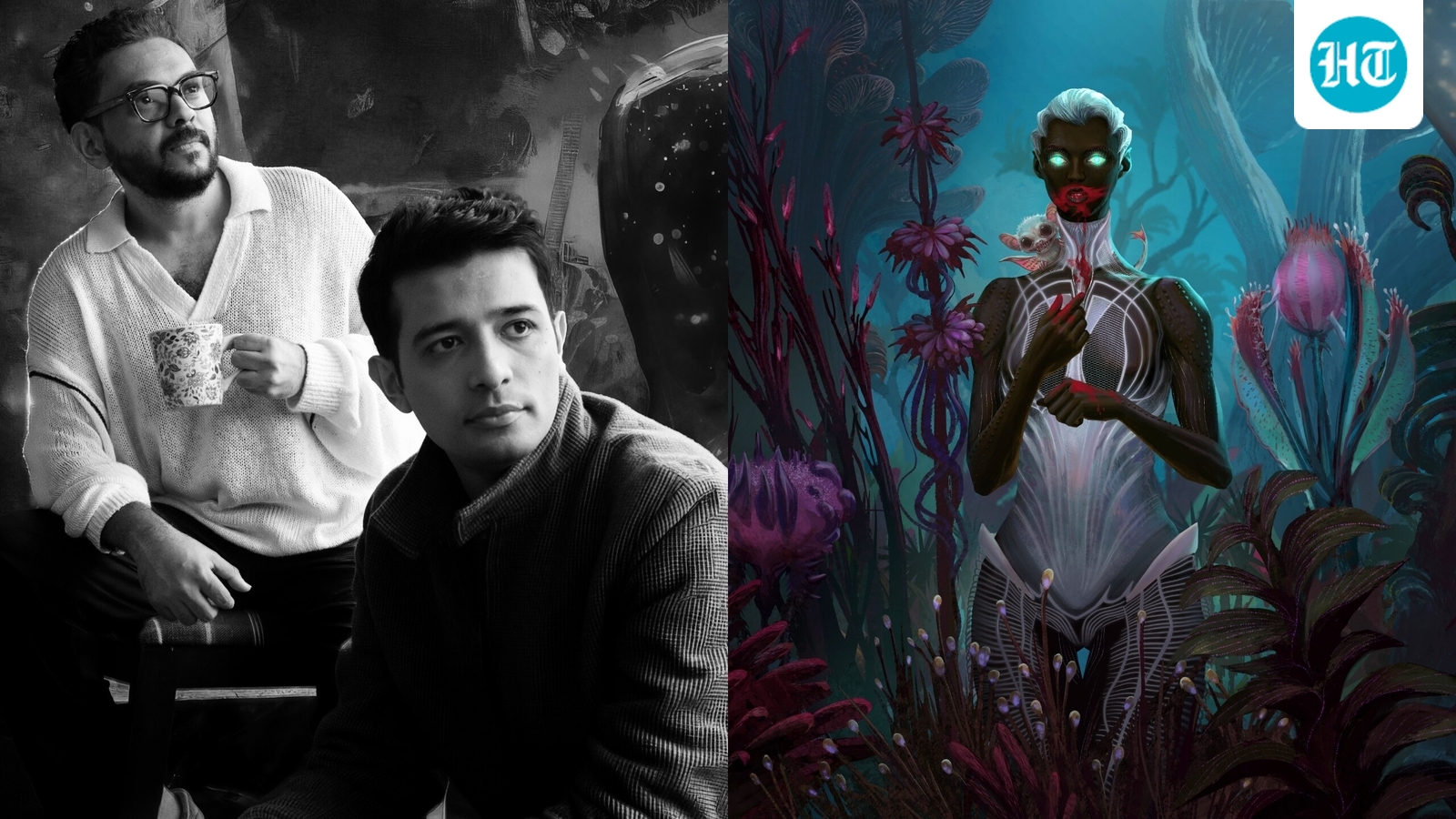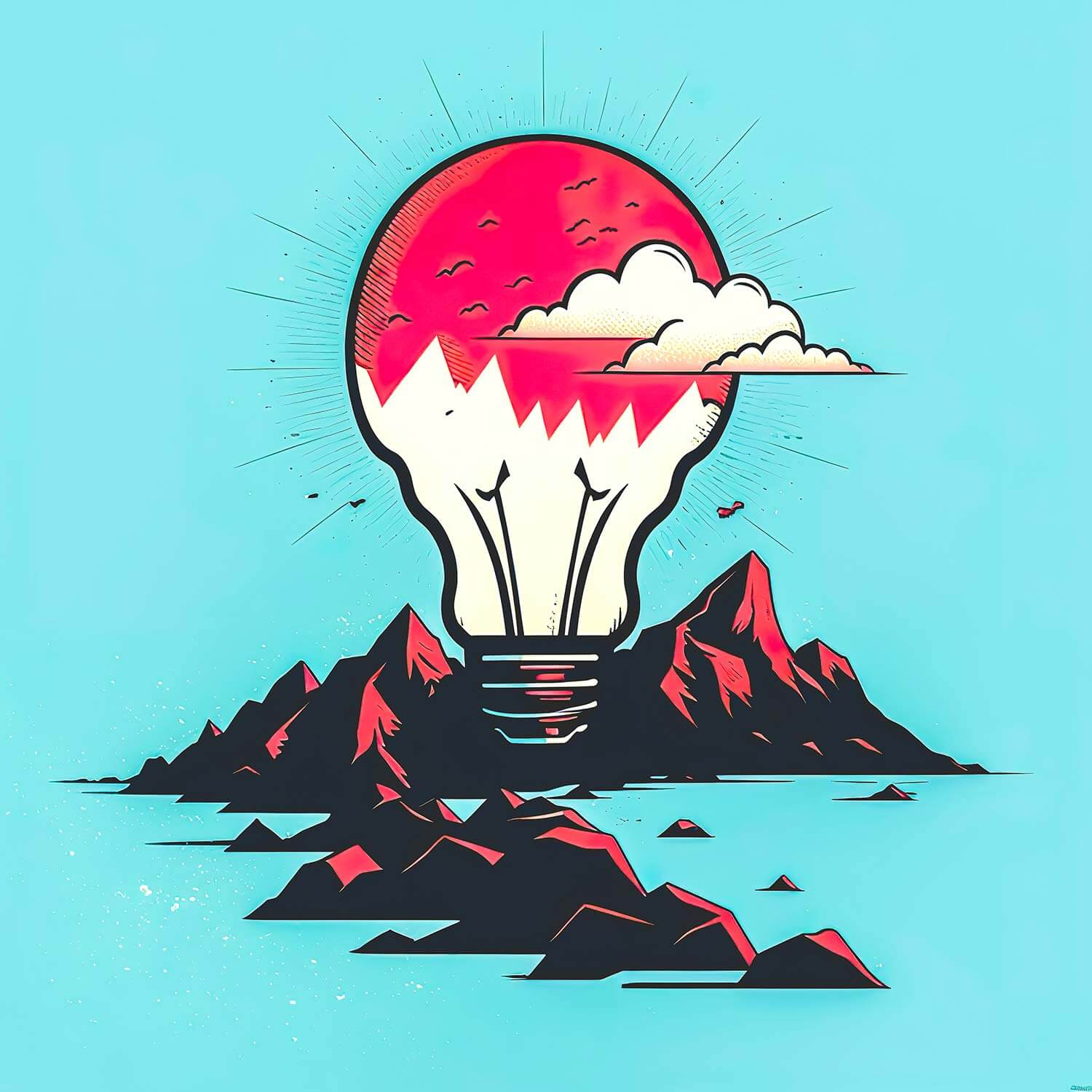Filmmaker Anand Gandhi has previously wowed audiences with Ship of Theseus (2013) and Tumbbad (2018). Now, he returns with his most ambitious venture yet, Maya, a sprawling sci-fi fantasy universe co-created with designer Zain Menon. Conceived as a multi-format, interconnected narrative, the universe combines films, stories, games, and immersive experiences to explore ideas of truth, control, and human potential in the 21st century.

The first product of the universe is a novel, MAYA: Seed Takes Root, which launched on Kickstarter and is narrated by Hugo Weaving. In an exclusive conversation with Hindustan Times, Anand and Zain spoke about the creative impulse behind Maya, their collaboration with Hollywood star Hugo Weaving, the challenges of building such an expansive world, and whether this could indeed be India’s answer to the MCU.
How Maya was born
When asked what sparked the idea of building a universe, Anand said, “Zain and I have been making things together for so long, for 12 years now, and we have been asking ourselves about the impact of our work. We’ve been wondering if stories can really change the world; there’s sufficient evidence that they can, like democracy was a story once, money was a story once, so we made it to something real. Our ideologies were stories once. The things that we live and die for were stories.”
He added, “We were wondering if our stories made the world ever so slightly better and how it could be done in a more organised way. So, that’s where Maya was born. We thought, let’s consider our every other project, Tumbadd, Shasn and others as training wheels, as a trailer of what’s possible. And let’s see if we can propose ideas, frameworks, warnings and inspirations in an organised way toward creating a better future in a language of stories. So that is where Maya began.”
A universe with no hero and no villain
One of Maya’s key departures from traditional storytelling is its refusal to rely on a hero-versus-villain narrative.
Zain explained, “The dichotomy of ‘good people’ and ‘bad people’ is a false one. It stops us from engaging with people we disagree with. We all want civilisation to progress, but we have different ideas of how. So should we villainise those with whom we disagree, or sit together and talk about what’s common? We don’t believe in black and white, good and evil. We believe in haves and have-nots, in different ways of seeking the same outcomes.”
He continued, “So in Maya, there’s no singular hero or villain. In the film’s protagonist might feel right to you, but when you read the graphic novel, the antagonist is actually the hero over there. What we are trying to do is tell you that where you enter and exit the story, good or evil and have and have-nots changes.”
On bringing Hugo Weaving into the Maya universe
The duo’s admiration for actor Hugo Weaving has been decades in the making.
Anand revealed, “We grew up on his work. Zain was eight, I was eighteen when we first watched The Matrix. No film before that had built such a vast canvas of ideas—cognition, perception, sexuality, technology, and capitalism. And Hugo became the vessel of that moment. The world had never seen a performance like Agent Smith.”
He continued, “They went ahead and made Matrix Reloaded, but they also made Vendetta with Hugo, and before that, we saw Hugo in Lord of the Rings in a completely different set of roles. All these amazing mythologies of the 2000s became so formative for me, so it was always a dream to make something of that scale and have Hugo in it. So when I was on the Sydney Film Festival jury, Hugo and I met, and instantly hit it off. After watching Ship of Theseus, he told me he wanted to spend time talking about the film. Everything in the city was shut, but one bar opened just because Hugo walked in. We sat from midnight to 7 a.m. and we both fell in love with each other’s minds, craft and art. At that moment, I knew that whatever I did next, he’d have to be a part of it.”
Anand also revealed that Hugo had once agreed to star in an American adaptation of Tumbbad. “He even agreed to play a role, Raghav, in the American version of Tumbbad that we were planning. So ever since then, there has been a desire to collaborate. Maya became the perfect opportunity for it.”
Challenges in creating Maya
Discussing the process of building such a universe, Anand said, “The challenges in creating the world of Maya were intellectual, philosophical and scientific. Challenges of finding the right kind of collaborators sometimes, having to wait for the collaborators we really want to work with. The intellectual and design challenge of creating something that is progressive and lightning, hopefully, which is useful and valuable to the world and is not less exciting or enthralling than something that is super sexy or violent. So that design challenge was an exciting challenge for us. And of course, we all had to work very hard. The last four years, pretty much everyone has worked 16 hours a day.”
Zain added, “With every project, we’ve pushed our imagination and resources to the limit. Maya is where we’re constantly working at the edge of our capacity. Every day was difficult, but every day was rewarding.”
If Maya could be India’s MCU
As soon as the trailer was released, many fans began comparing it to the Marvel Cinematic Universe. But Anand disagreed with the label.
He said, “I don’t think Maya is India’s MCU; it’s the world’s new mythology. MCU is fun and games, and while it was charming, it doesn’t have the scope of Maya. Maya, in its scope, hopes to engage with questions that MCU may or may not have engaged with. So we would like Maya to be vaster, deeper, and hopefully resonate with the curiosity of the generation like the MCU has. But we definitely do hope that Maya can be an upgrade of previous mythologies, including MCU and not a replication.”












